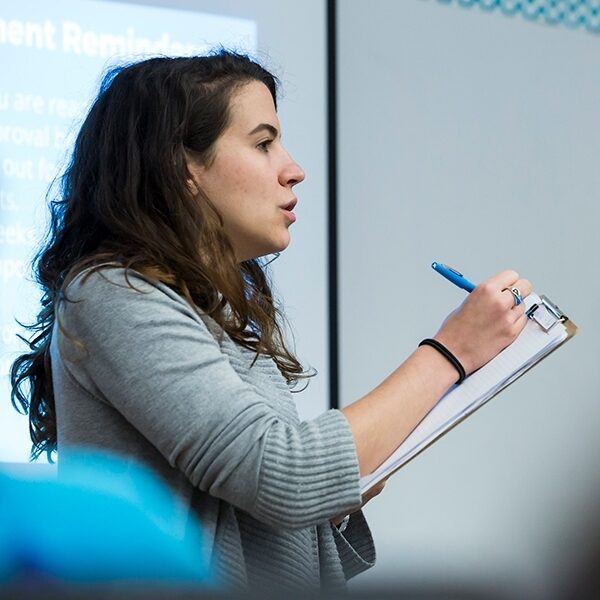
August is here, and in education that means one thing: the first day of school is near! With the start of school on the horizon, school and system leaders around the country are working to design and plan content and experiences that will prepare, engage, and inspire new and novice teachers alike for the year ahead.
The Challenge
Each year, schools, districts, and networks across the country welcome new teachers – both new to the profession and new to their district or network. A critical task they face is ensuring these professionals are ready to begin work within their innovative teaching and learning models. Time is limited, and teachers may only have a few short weeks or days before they’re asked to kick off the year. Couple this with the fact that many teachers often lack exposure to and experience with teaching in innovative models such as blended and personalized learning, which can lead to periods of stumbling and challenge. And so, schools, districts, and networks are faced with the complex task of designing effective onboarding, often needing to build resources from scratch to get new professionals up to speed.
New Resources to Help
The Learning Accelerator (TLA) has been working with our Innovation Directors Network (IDN), a group of leaders and practitioners from 18 districts and networks across the country, to identify, capture, codify, and share best practices to both increase efficiency and prevent leaders from “reinventing the wheel” as they onboard new teachers. We’ve compiled these resources into TLA’s new Problem of Practice series, titled “Teacher Onboarding.” These practices provide professional development (PD) designers (anyone who spearheads PD design, including administrators, teacher leaders, system-level leaders, and everyone in between) a way to learn from and lean on the knowledge, approaches, and design decisions made by IDN members and other partner schools around three focus areas.
We asked two key questions to our IDN members when we were thinking about this challenge:
- When designing PD for new teachers, what is your goal?
- What do new teachers need to know when beginning their work at an innovative school?
Their response was clear – they agreed that ALL new teachers need to have a basic understanding of a few key components to be successful. These three components included:
- Knowing the “why”: How do leaders communicate with new teachers around the purpose and vision of their innovative models?
- Knowing the school: How do leaders prepare new teachers to be successful within their school models?
- Knowing the community: How do leaders ensure new teachers understand and engage with the community they serve?
Understanding these key concepts enables new teachers to learn about their school’s model and rationale behind it, the internal and external supports available to them, and the neighborhoods they serve, all of which help them develop a clear connection with and understanding of the innovative school they will be entering.
Taking Action
PD designers, now it’s your turn to build your own onboarding design! What are your goals, and how can you leverage these resources to build an onboarding program for your innovative model? Feel free to explore, adapt, and adopt anything you find in our new Problem of Practice series that will help build your own capacity and look at your onboarding program in a new way. If you have any questions or strategies and resources to share, please email juliana.finegan@learningaccelerator.org.

